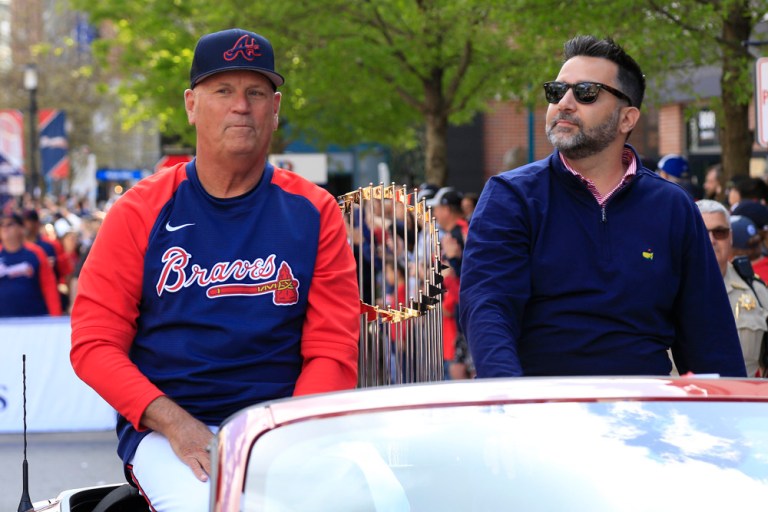Sure! Here’s a 900-word article capturing the energy and significance of Led Zeppelin’s April 30, 1977, performance at the Pontiac Silverdome:
Led Zeppelin’s 1977 Pontiac Silverdome Show: A Night of Rock Legend
On April 30, 1977, the mighty Led Zeppelin roared into Michigan, igniting the Pontiac Silverdome with one of the most unforgettable performances in rock history. As part of their sprawling North American tour, the British rock titans—Jimmy Page, Robert Plant, John Paul Jones, and John Bonham—delivered a blistering set before a record-breaking crowd, estimated at over 76,000 strong. The sheer scale of the concert, both in attendance and sound, made it a cultural milestone and a crowning moment in Zeppelin’s legendary career.
By 1977, Led Zeppelin had already cemented their status as rock gods. With eight albums under their belt, including the recently released Presence (1976), they were pushing the boundaries of what a live rock show could be. The tour was their first in the U.S. in two years and was met with feverish anticipation. Detroit, long a stronghold for hard rock and blues, welcomed Zeppelin with open arms—and the Silverdome, an enormous stadium known more for football games than concerts, became the stage for their sonic conquest.
The atmosphere on the night of April 30 was electric. Fans had lined up for hours, some even days, to secure a prime spot. The Silverdome was packed to the rafters, and when the lights dimmed, a thunderous roar shook the very structure. Out of the shadows emerged Jimmy Page, wielding his iconic cherry-red Gibson EDS-1275 double-neck guitar, and Robert Plant, golden-haired and strutting with a lion-like charisma. John Bonham took his place behind the massive drum kit while John Paul Jones stood ready, his calm demeanor contrasting the chaos to come.
They opened the show with “The Song Remains the Same,” and the title could not have been more fitting. Zeppelin’s power, precision, and passion remained undiminished. Page’s guitar sliced through the Silverdome like a lightning bolt, his riffs and solos resonating through every corner. Plant’s vocals soared, alternately raw and ethereal, casting a spell over the crowd. Behind them, Jones’s bass lines and keyboards provided a sturdy backbone, while Bonham’s drumming—earth-shaking and primal—kept the band locked in and surging forward.
What followed was a masterclass in live rock performance. The band launched into classics like “Sick Again,” “Nobody’s Fault but Mine,” and “In My Time of Dying,” each rendered with ferocity and finesse. The sound was massive, a wall of music that didn’t just fill the stadium—it overwhelmed it. The band’s improvisational spirit was alive and well, with extended jams that pushed songs well beyond their studio versions. Page, in particular, was on fire, his fingers flying across the fretboard in a blur, coaxing impossible sounds from his instrument.
One of the night’s most iconic moments came when they played “Stairway to Heaven.” The opening chords drew an immediate, reverent hush from the crowd. As the song built to its climactic crescendo, the Silverdome seemed to levitate. Page’s solo was transcendent, and Plant’s final wail of “And she’s buying a stairway to heaven” hung in the air like a sacred chant. It was a moment of collective euphoria, a shared experience of musical transcendence.
“Kashmir” was another high point, a hypnotic epic driven by Bonham’s thunderous drumming and Plant’s mystical incantations. The band transformed the cavernous stadium into a swirling vortex of Eastern rhythms and apocalyptic power. The song’s dynamic shifts and relentless groove showcased Zeppelin at their most ambitious and otherworldly.
Throughout the show, Zeppelin’s chemistry was undeniable. Despite internal tensions and the immense pressure of the tour, the band operated like a single organism, each member attuned to the others. Their years of playing together had forged a bond that allowed for spontaneous magic on stage. Whether it was Page and Plant locking into an unspoken groove, or Bonham and Jones navigating complex rhythms with ease, the band’s unity was as impressive as their individual virtuosity.
The concert lasted nearly three hours, a marathon of sound and spectacle. Zeppelin gave everything they had, and the audience responded in kind. When the final notes rang out and the band took their bows, the crowd erupted into a sustained ovation, unwilling to let go of the moment. It was more than a concert—it was a rite of passage, a communal celebration of music’s transformative power.
Looking back, the Pontiac Silverdome show stands as a defining moment in Zeppelin’s storied career. It was one of the largest indoor concerts ever at the time and solidified their reputation as the ultimate live act. For those who were there, it was a once-in-a-lifetime experience, a night when the gods of rock descended from Mount Olympus and made music that shook the earth.
In the years that followed, Led Zeppelin would face tragedy and transition. The death of John Bonham in 1980 marked the end of the band, and they would never tour again as the original quartet. But the echoes of that night in Michigan still resonate. Bootlegs of the show circulate among collectors, and fans still share stories of the thunder, the lights, the energy, and the feeling of witnessing greatness.
On April 30, 1977, Led Zeppelin didn’t just perform at the Silverdome—they claimed it. In doing so, they reminded the world why they were more than just a band. They were a force of nature, a musical phenomenon, and for one unforgettable night in Michigan, they were absolutely unstoppable.
Would you like this formatted for a blog post or magazine layout?


